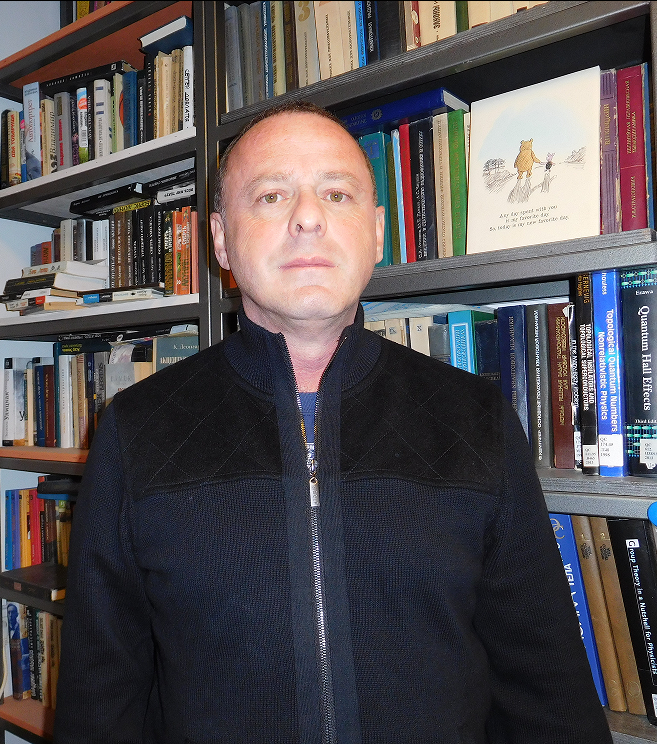Invited Speaker

Dr. Victor Kagalovsky
Professor, Department of Electrical and Electronics Engineering,Shamoon College of Engineering, Israel
Speech Title: Superconducting Correlations of the Edge States in a Topological Insulator
Abstract: We study the stability of multiple conducting edge states in a topological insulator against perturbations allowed by the time-reversal symmetry. A system is modeled as a multi-channel Luttinger liquid, with the number of channels equal to the number of Kramers doublets at the edge. Assuming strong interactions and weak disorder, we first formulate a low-energy effective theory for a clean translation-invariant system and then include the disorder terms allowed by the time-reversal symmetry. In a clean system with $N$ Kramers doublets, $N-1$ edge states are gapped by Josephson couplings and the single remaining gapless mode describes the collective motion of Cooper pairs synchronous across the channels. Disorder perturbation in this regime, allowed by the time-reversal symmetry is a simultaneous backscattering of particles in all $N$ channels. Its relevance depends strongly on the parity if the number of channel $N$ is not very large. Our main result is that disorder becomes irrelevant with the increase of the number of edge modes leading to the stability of the edge states' superconducting regime even for repulsive interactions.
Keywords: Topological insulator, Superconducting edge state, Parity.
Biography: Dr. Victor Kagalovsky studied various applications of the network models, starting with the original Chalker-Coddington network model, proposed to describe the inter-plateaux transition in the integer quantum Hall effect (QHE). Different symmetries of the transfer matrices corresponding to novel symmetry classes allowed studying the spin QHE and thermal QHE, as well as quantum spin Hall effect with a very nontrivial phase diagram. Two recently introduced network models: a weakly chiral network model on the square lattices, and a triangular network model, described levitation of extended states at low magnetic fields. The research of topological insulators explained the experiment with asymmetric current electrodes and predicted new quantum Hall effects in systems with ferromagnetic electrodes. He also studied a sliding Luttinger liquid to model metal-insulator transition and to check the stability of edge states in topological insulators. The most recent research has explained the experimental observation of disorder-enhanced superconductivity in quasi-one-dimensional systems.
